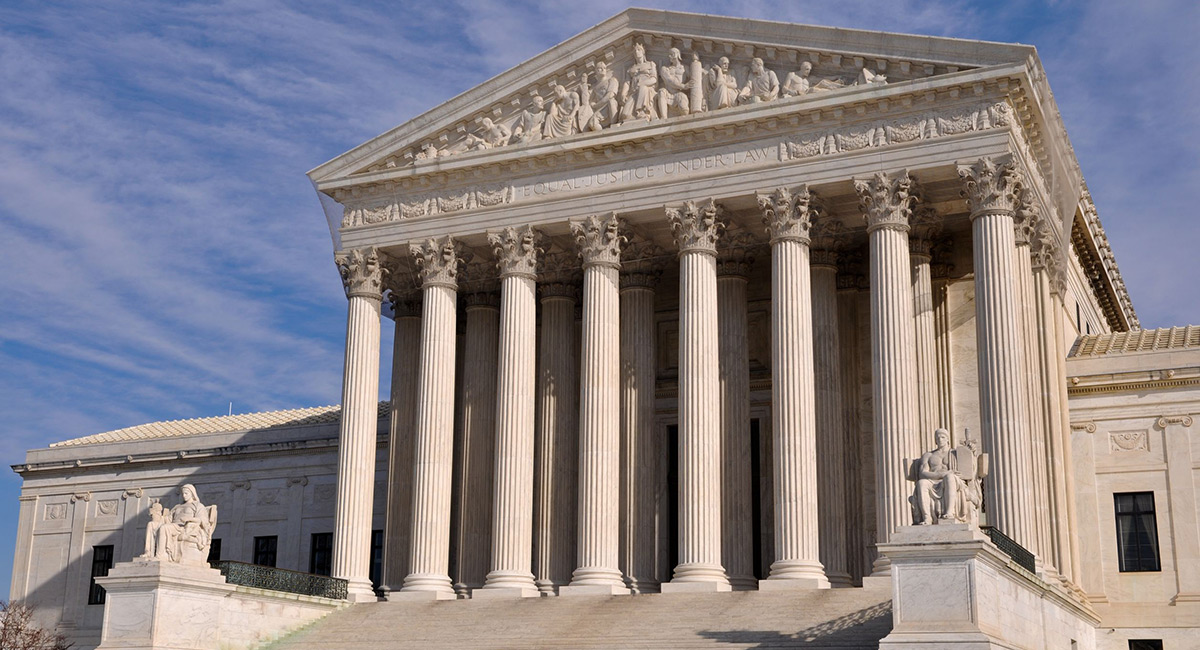Recent Supreme Court decisions on LBGTQ rights and DACA have proved troubling to the conservative legal movement. The union movement, by contrast, was troubled by Janus v. AFSCME. Two years later, how is that working out for people like Mark Janus?
He worked for the state of Illinois but was not a member of the American Federation of State, County, and Municipal Employees union. The powerful AFSCME had been grabbing $550 a year from Janus’ paycheck and, he contended, using it to support political candidates and causes with which he disagreed.
“This procedure violates the First Amendment and cannot continue,” Justice Samuel Alito wrote in the majority opinion. “Neither an agency fee nor any other payment to the union may be deducted from a nonmember’s wages, nor may any other attempt be made to collect such a payment, unless the employee affirmatively consents to pay.”
In the minority dissent, Justice Elena Kagan wrote, “the First Amendment was meant for better things. It was meant not to undermine but to protect democratic governance—including over the role of public-sector unions.” The 5-4 ruling in Janus’ favor came billed as a victory for independent workers and a defeat for government employee unions, but it hasn’t exactly worked out that way, particularly on the money side.
After Janus, government employee unions lost revenues, the Manhattan Institute noted last year, but membership did not decline and some unions increased their membership. Various state laws, executive orders and court decisions, “have restricted the access and ability of outside groups to communicate with public employees about their legal rights.”
Other state laws and union policies limit members’ ability to leave unions except in a narrow time frame. As Politico reported last year, the biggest government employee unions remained “surprisingly flush,” and continue to be so for a reason. Workers’ efforts to recover fees have not gone well.
In February, the U.S. District Court for the Eastern District of California ruled against Franchise Tax Board employee Kourosh Hamidi, who sought to have the Service Employees International Union return his fees. That was a big win for the SEIU, the biggest union in California government, which demonstrates outside the California capitol chanting “This is our house!” Maybe they consider the courts theirs too, and that raises an issue.
According to the federal Bureau of Labor Statistics, 89.7 percent of American workers, the vast majority, are not union members. Unions account for only 10.3 percent of workers. In the government sector, 33.6 percent of the workers are union members, but a strong majority of nearly two-thirds, 66.4 percent, are not union members.
As these figures confirm, unions are a special interest and do not represent “labor” in any meaningful sense. On the other hand, they continue to wield enormous political power. Government employee union bosses never face the voters, and most of the union money goes to one political party.
The American Federation of Government Employees (AFGE), the largest union representing federal employees, spent $4,920,705 during the 2018 election cycle. Among direct donations to candidates, about $1.1 million went to Democrats and about $137,000 to Republicans.
If the balance of power is to shift in favor of independent workers, it will take something stronger than the Janus decision.








